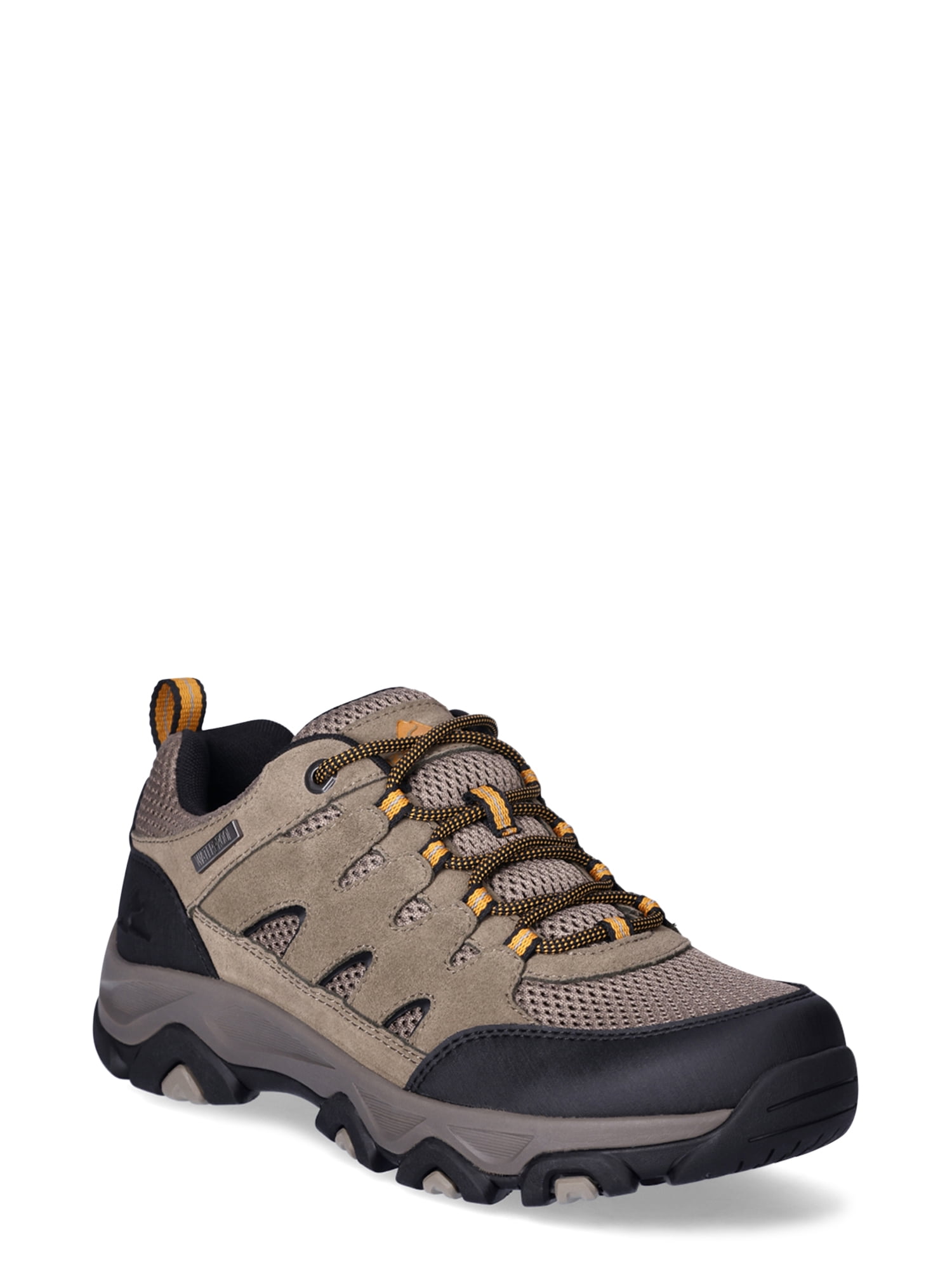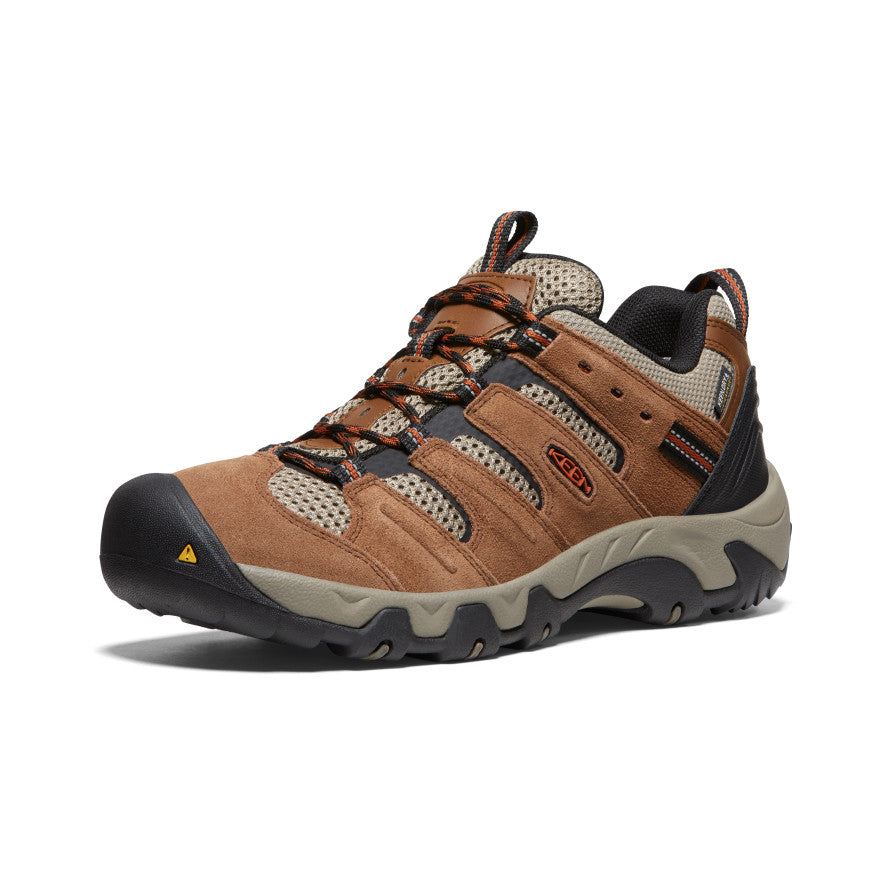The Ultimate Guide to Choosing the Perfect Hiking Shoes for Every Terrain
Hiking is an exhilarating activity that allows you to connect with nature, challenge yourself, and explore the great outdoors. However, the experience can be significantly impacted by the footwear you choose. The right pair of hiking shoes can make all the difference between a comfortable trek and a painful ordeal. This guide aims to provide you with the knowledge and tools to select the perfect hiking shoes for any terrain, ensuring that your adventures are both enjoyable and safe.
Understanding the Importance of Hiking Shoes
The role of hiking shoes extends far beyond just protecting your feet. They are designed to provide support, stability, and traction on various surfaces, which is crucial for maintaining balance and preventing injuries. According to a study by the American Academy of Podiatric Sports Medicine, the wrong footwear can lead to a range of issues, including blisters, sprains, and even long-term foot problems. Therefore, investing in a good pair of hiking shoes is not just about comfort; it’s about your overall health and safety.
Types of Hiking Shoes
When it comes to hiking shoes, there are several types to choose from, each designed for specific terrains and activities. The most common types include:
1. Trail Running Shoes
Trail running shoes are lightweight and designed for speed and agility. They are ideal for hikers who prefer a faster pace and are comfortable with less support. However, they may not be suitable for rough or rocky terrain, as they lack the durability and protection offered by other types of hiking shoes.

2. Hiking Boots
Hiking boots are the most popular choice among serious hikers. They offer superior support, durability, and protection, making them ideal for long hikes and challenging terrains. However, they are heavier and require more break-in time compared to other types of hiking shoes.

3. Approach Shoes
Approach shoes are a hybrid between hiking shoes and rock climbing shoes. They offer excellent traction and support for both hiking and scrambling, making them ideal for multi-sport adventures. However, they may not be as durable as hiking boots and are best suited for shorter hikes.

Key Features to Consider
When selecting hiking shoes, there are several key features to consider:
1. Traction
Traction is crucial for maintaining stability on various surfaces. Look for hiking shoes with deep lugs and a durable outsole, such as those made by Vibram or Michelin. These materials are known for their superior grip and longevity, ensuring that you stay safe on even the most challenging terrains.
2. Support
Support is essential for preventing injuries and reducing fatigue. Look for hiking shoes with a sturdy midsole, a reinforced heel, and a stable platform. These features will help distribute your weight evenly and provide the necessary support for long hikes.
3. Comfort
Comfort is a subjective factor, but it’s important to find hiking shoes that fit well and feel good on your feet. Look for shoes with a cushioned insole, a flexible upper, and enough room for your toes to move. It’s also a good idea to try on multiple pairs and walk around in them before making a decision.

Choosing the Right Fit
The fit of your hiking shoes is just as important as the features. A good fit ensures that your feet are comfortable, supported, and protected throughout your hike. Here are some tips for choosing the right fit:
1. Measure Your Feet
Before shopping for hiking shoes, measure your feet to determine your correct size. Use a Brannock device or a similar tool to get an accurate measurement. Keep in mind that your feet may swell during a hike, so it’s a good idea to size up.
2. Try Them On
When trying on hiking shoes, wear the same socks you plan to hike in. Walk around the store to ensure that the shoes feel comfortable and provide enough support. Pay attention to any areas of discomfort, as these may become problematic during a long hike.
3. Break Them In
Even the best hiking shoes require a break-in period. Wear them around the house or on short walks to ensure that they mold to your feet and become comfortable over time. This will help prevent blisters and other issues on the trail.
Conclusion
Choosing the perfect hiking shoes for every terrain requires careful consideration of several factors, including the type of shoes, key features, and fit. By understanding these elements and following the tips provided in this guide, you can select a pair of hiking shoes that will enhance your outdoor adventures and keep you safe and comfortable on the trail.
Remember, the right pair of hiking shoes is an investment in your health, safety, and enjoyment. So, take your time, do your research, and choose wisely. Happy hiking!
